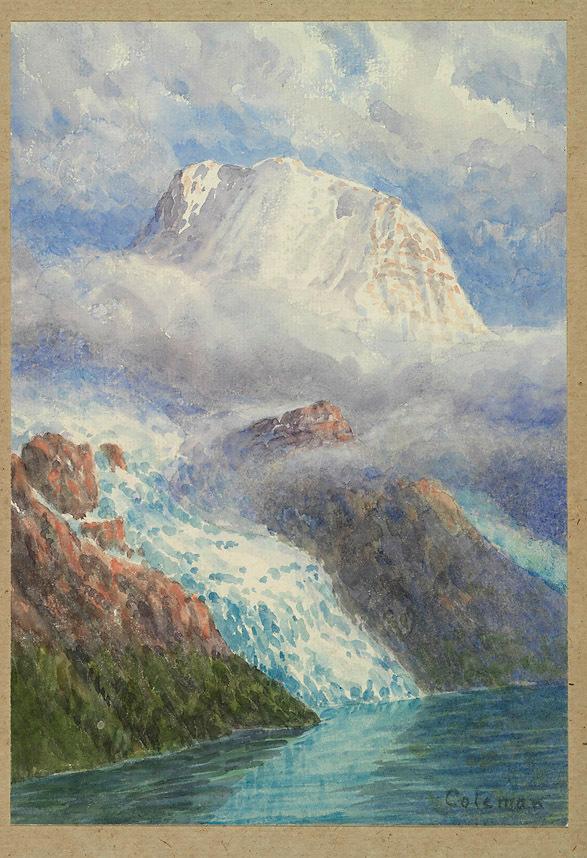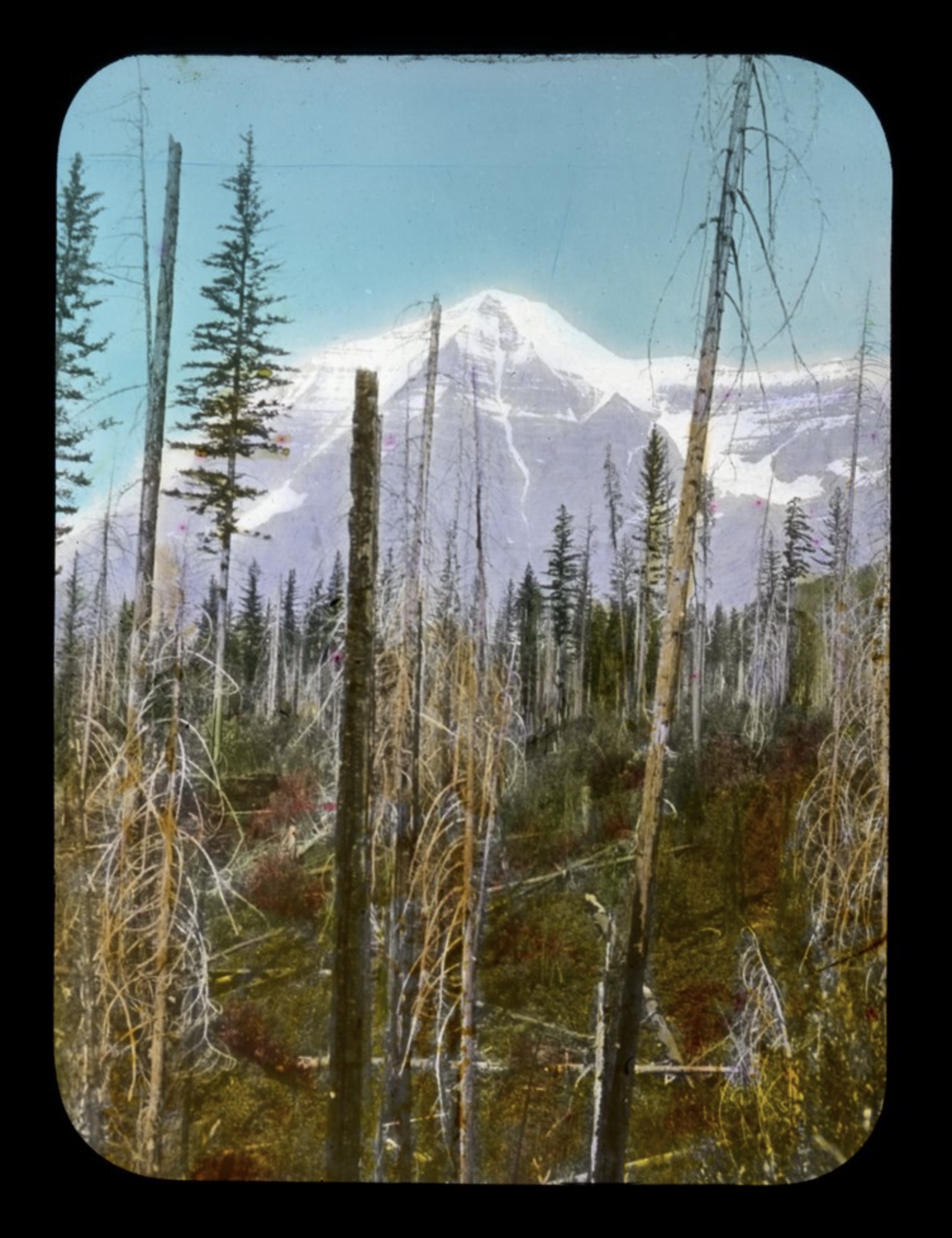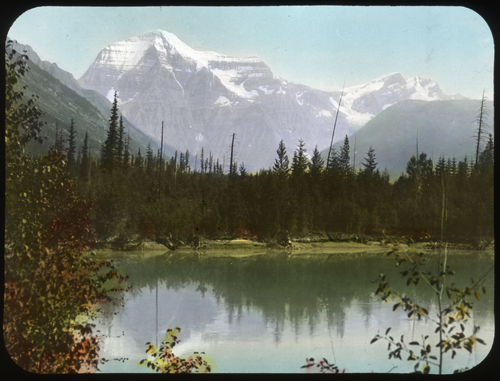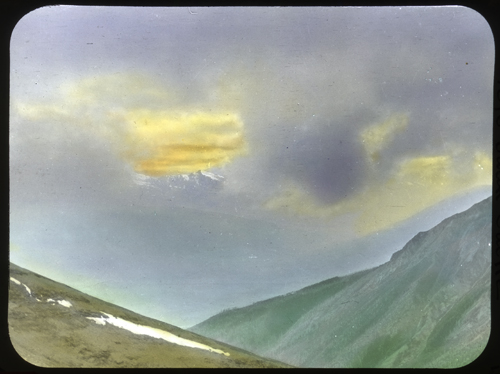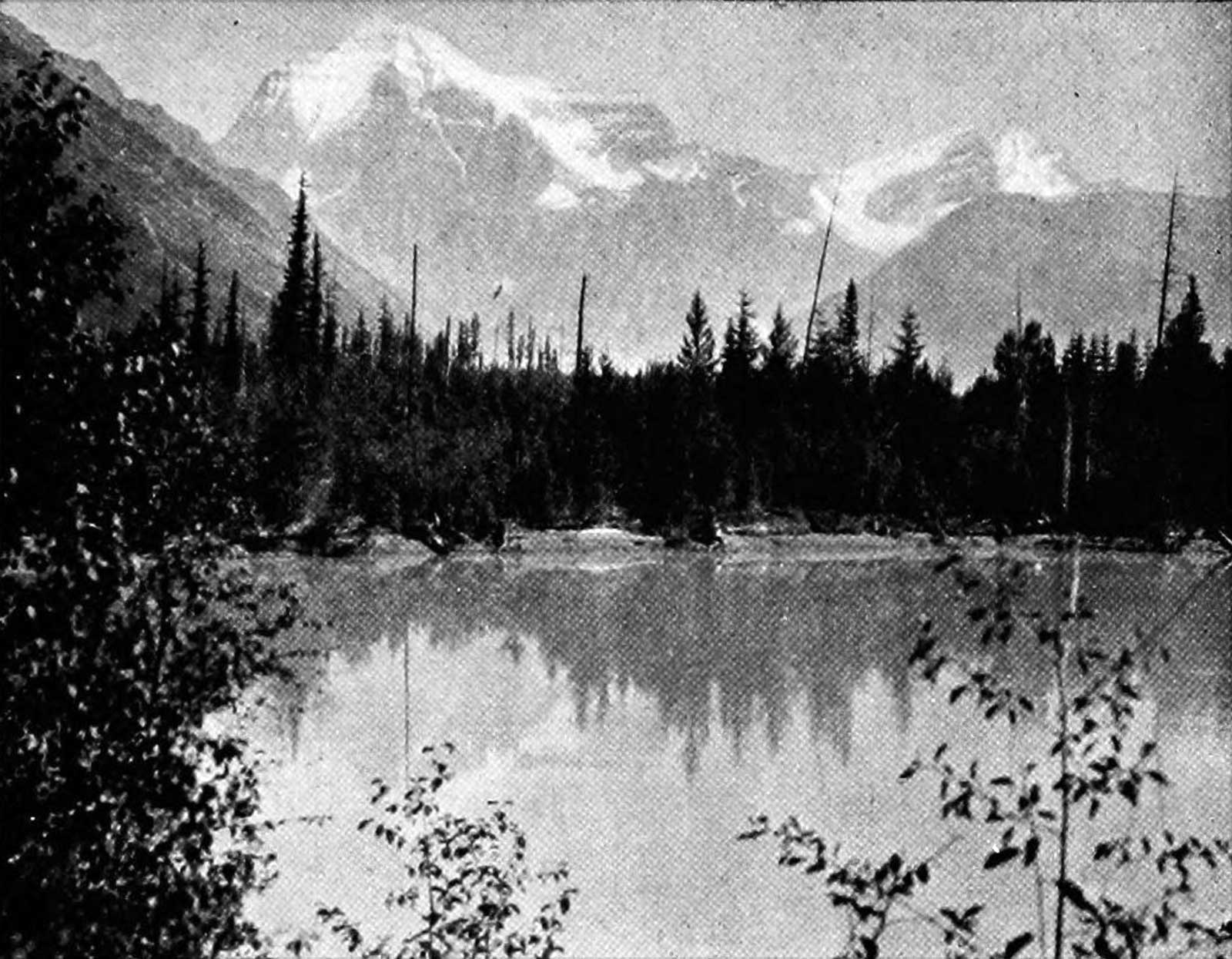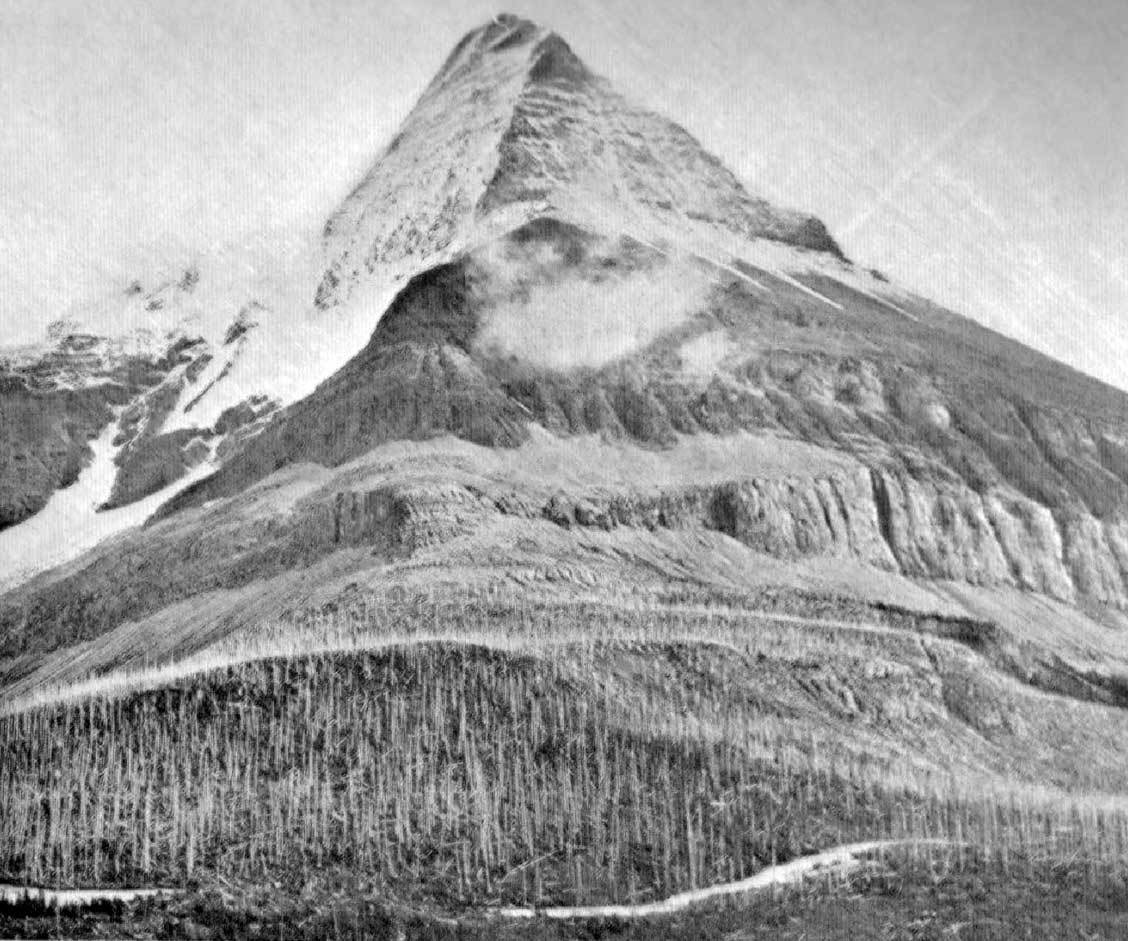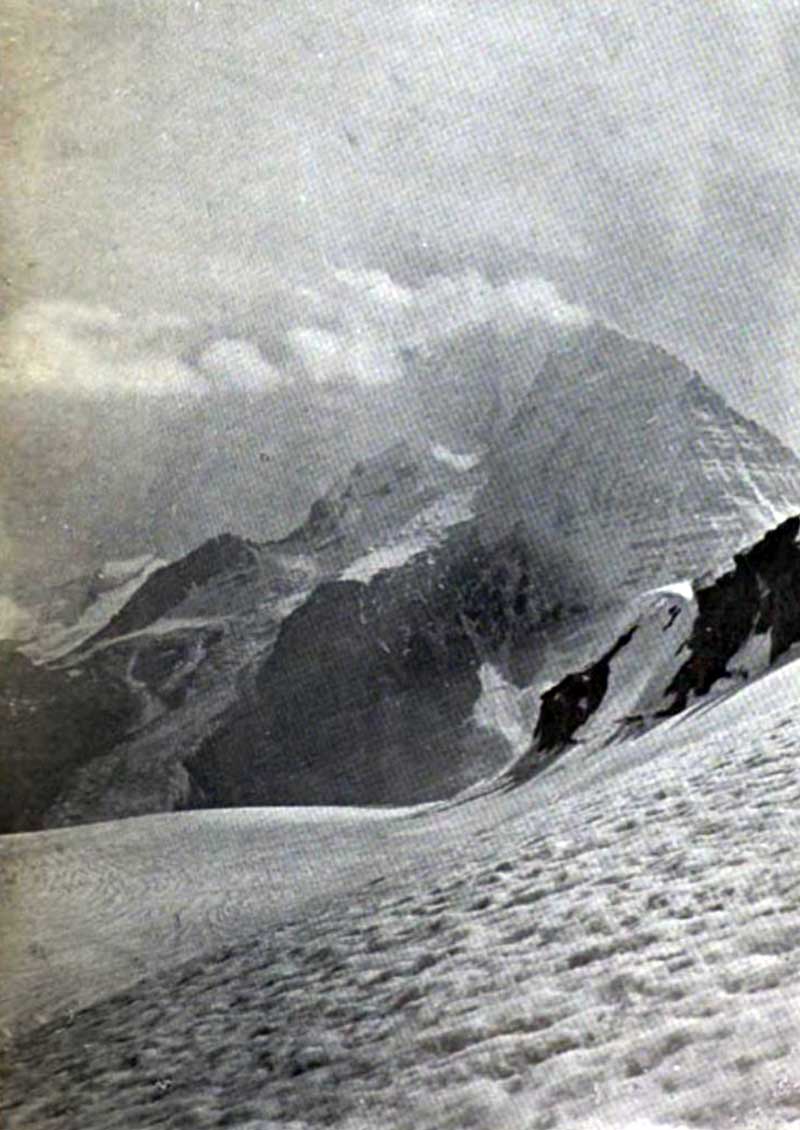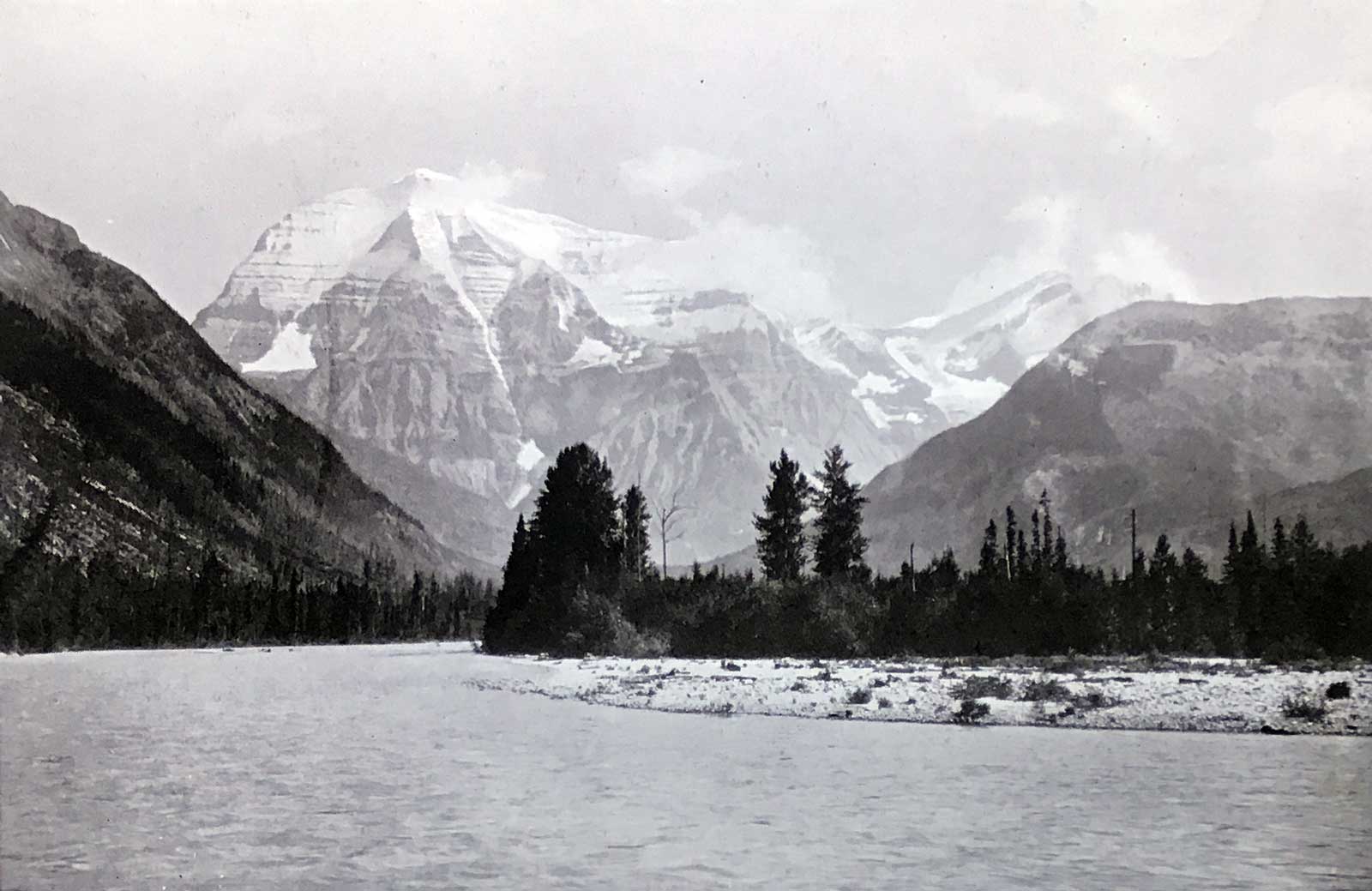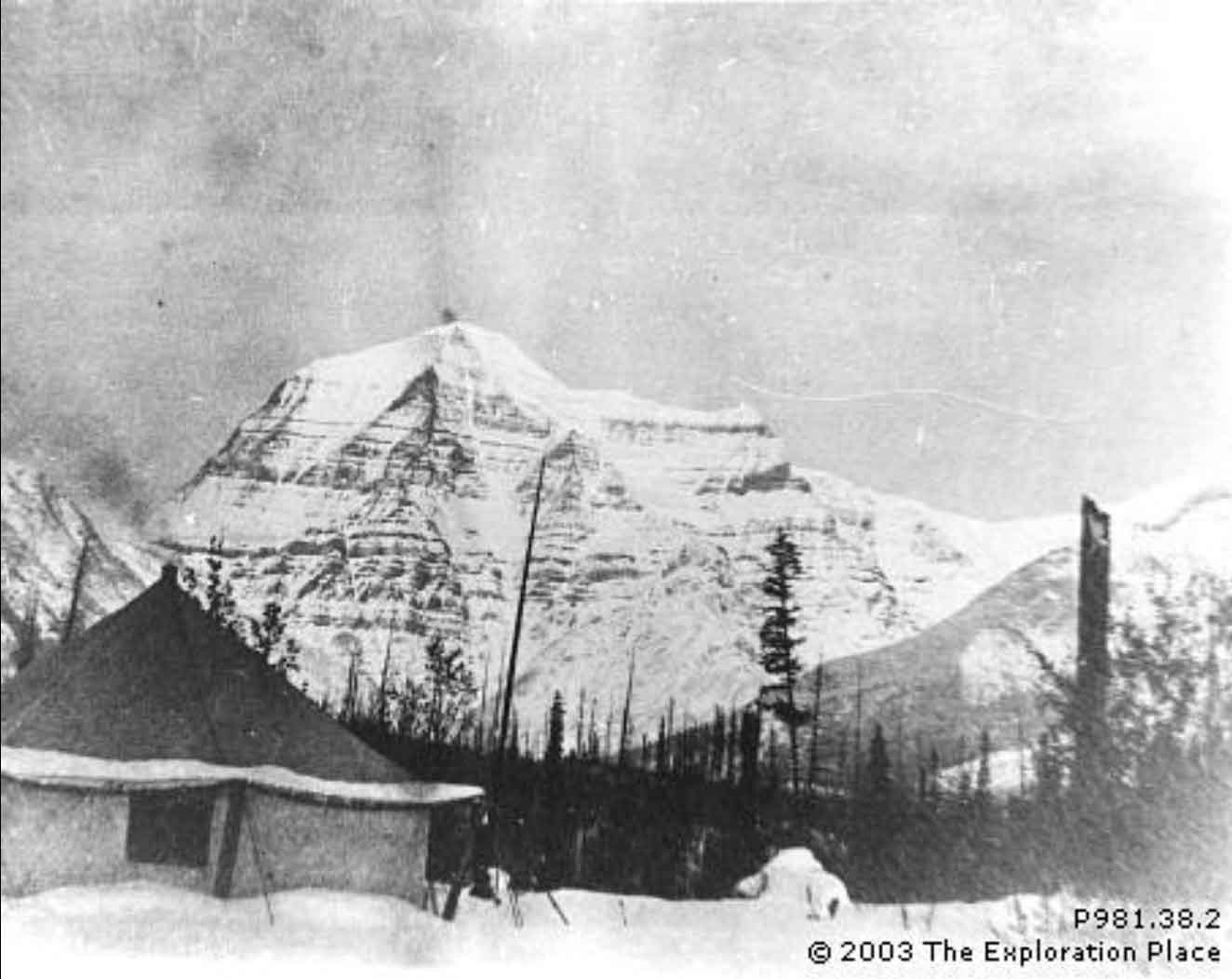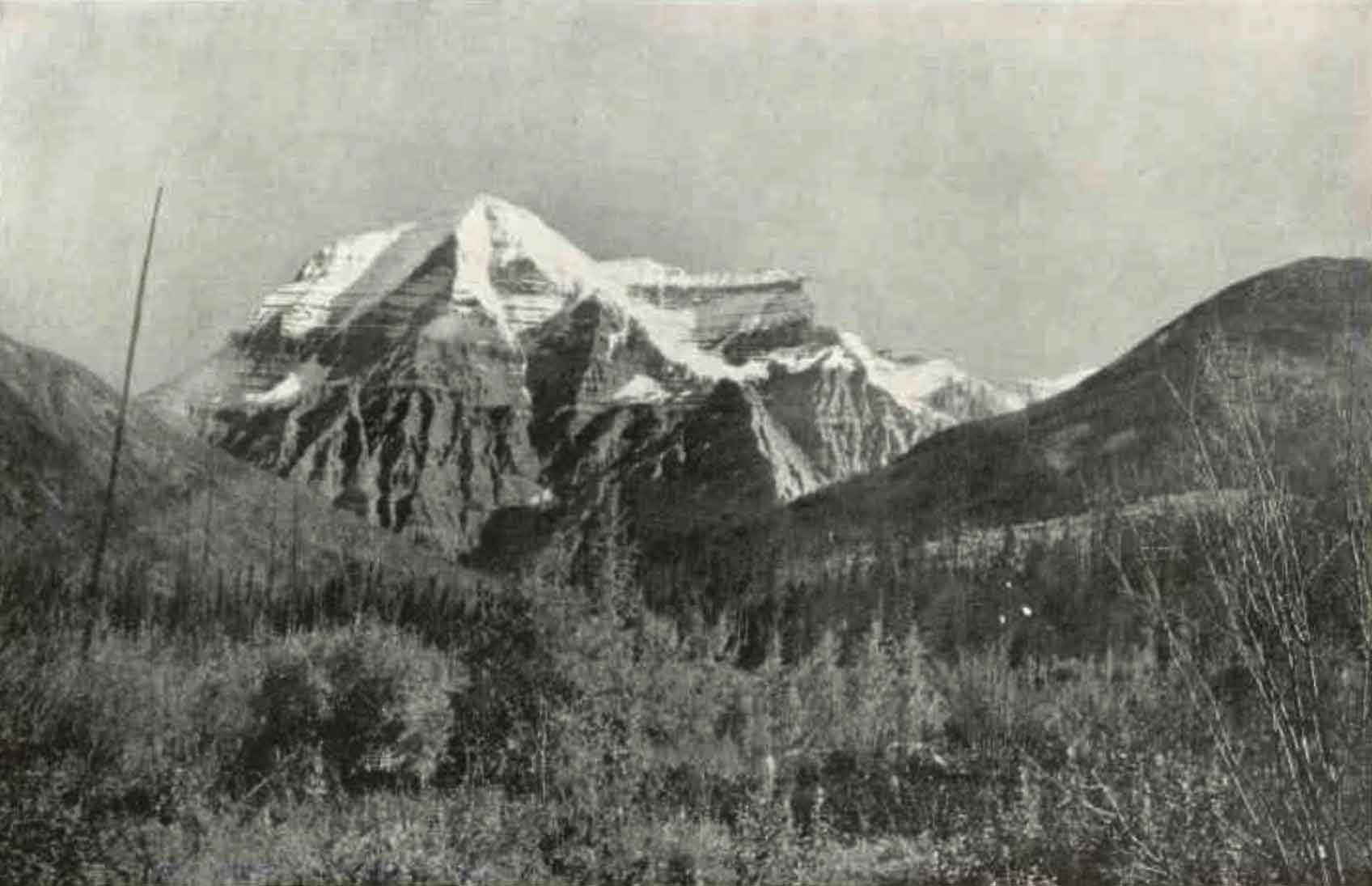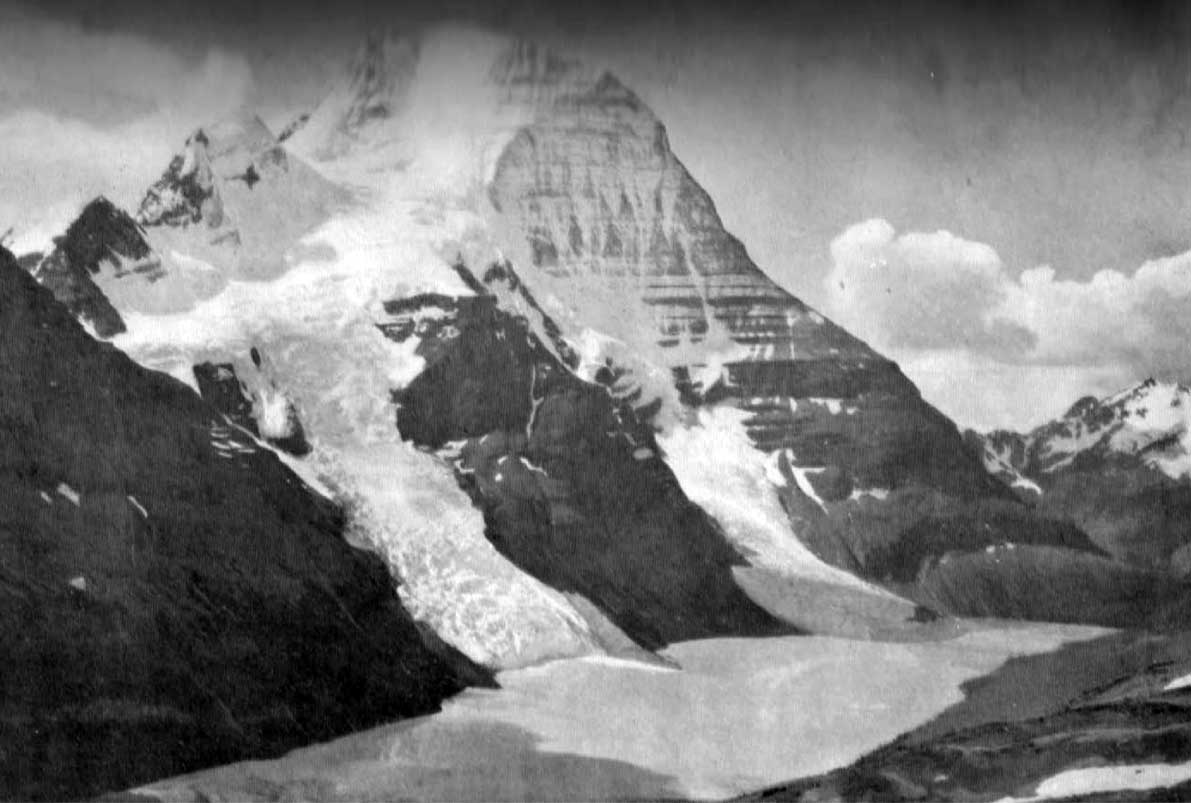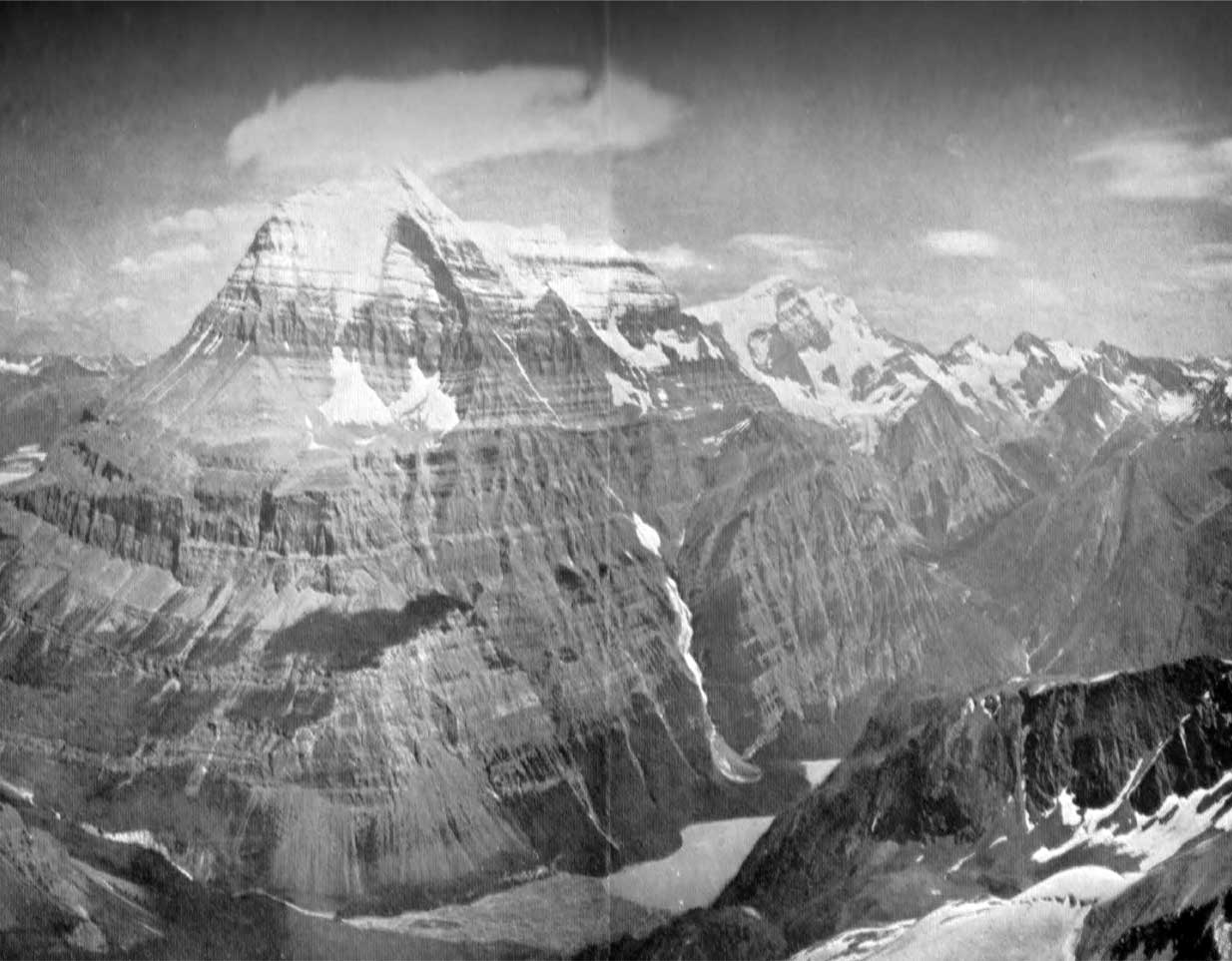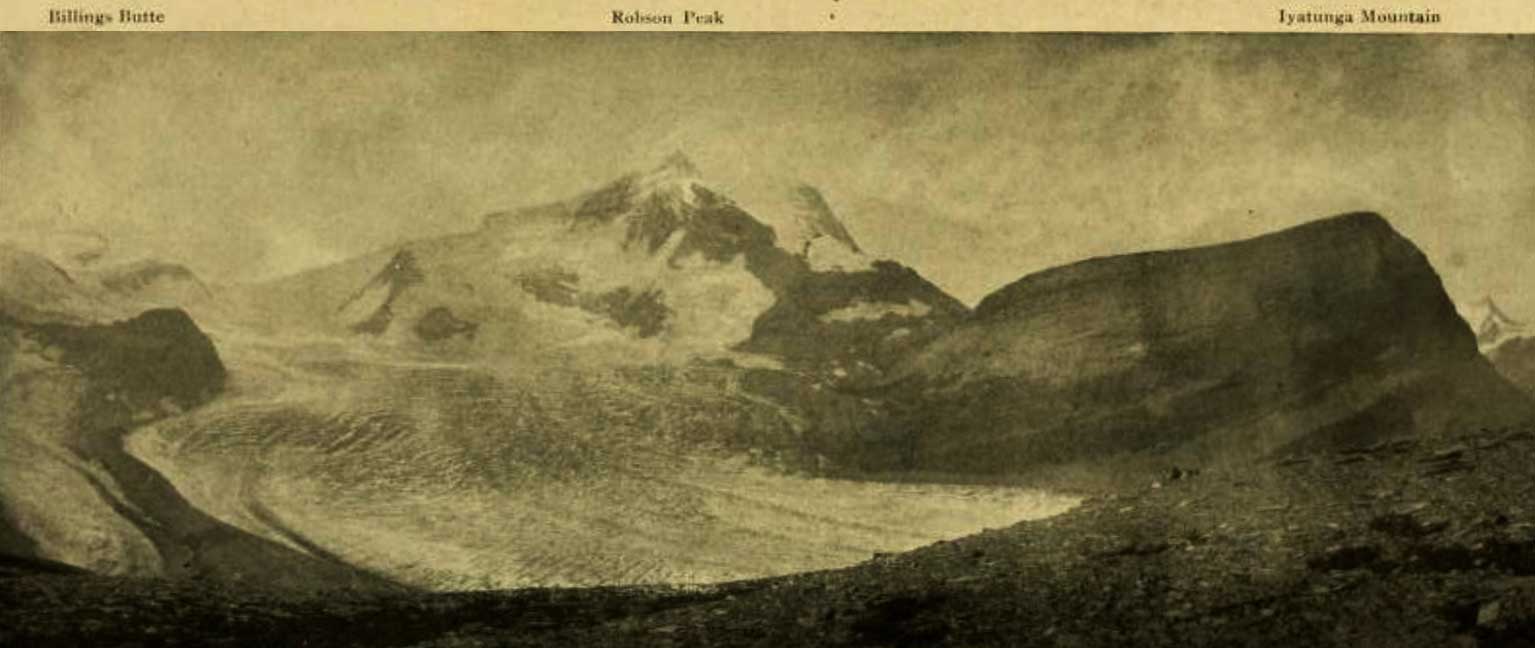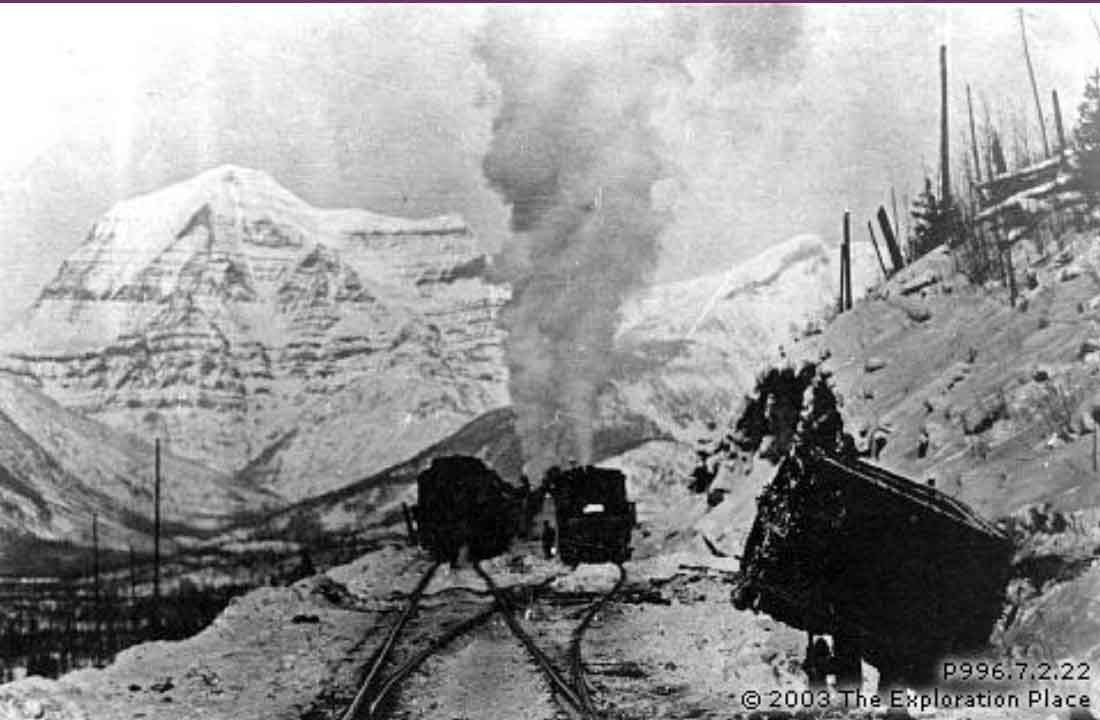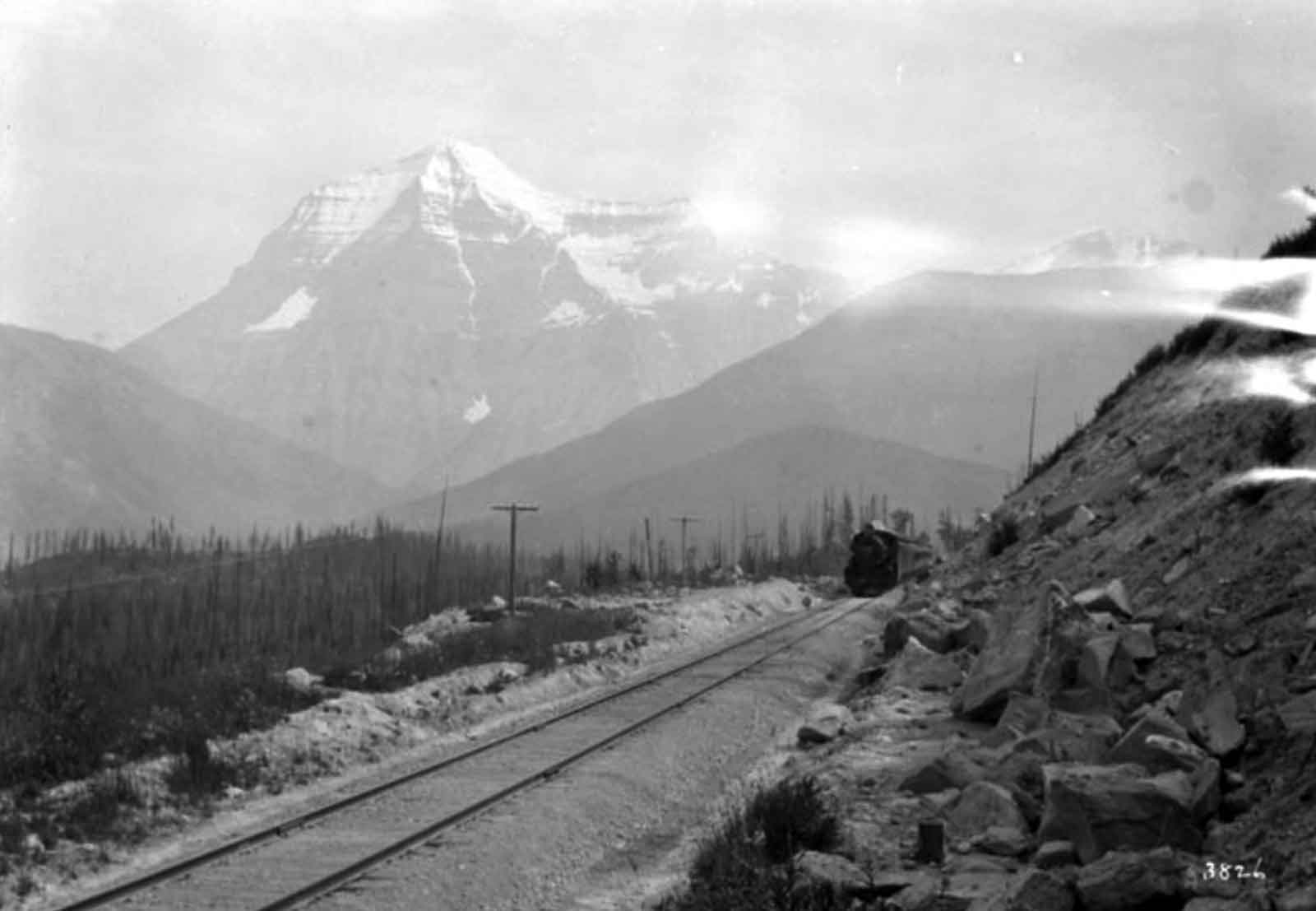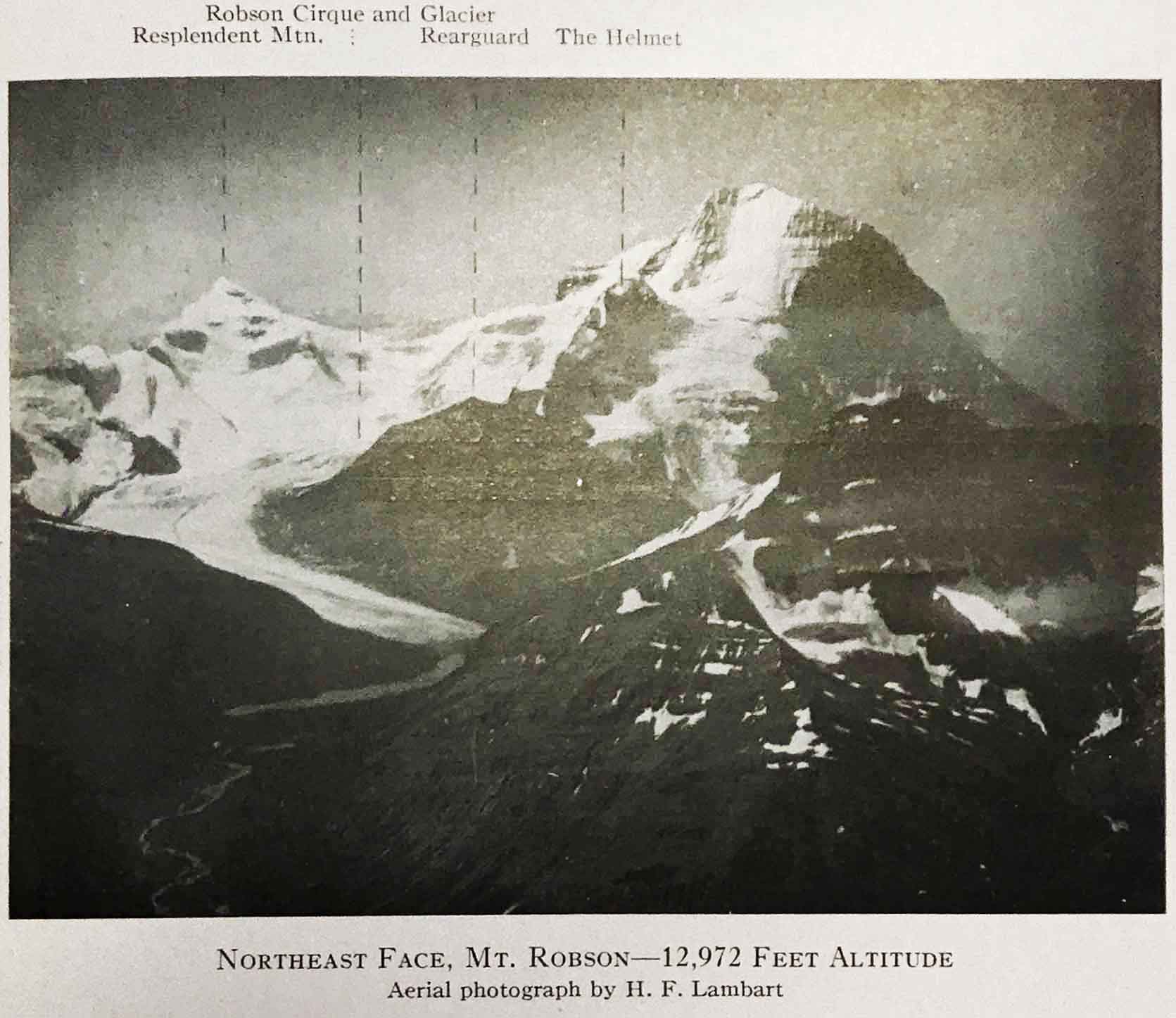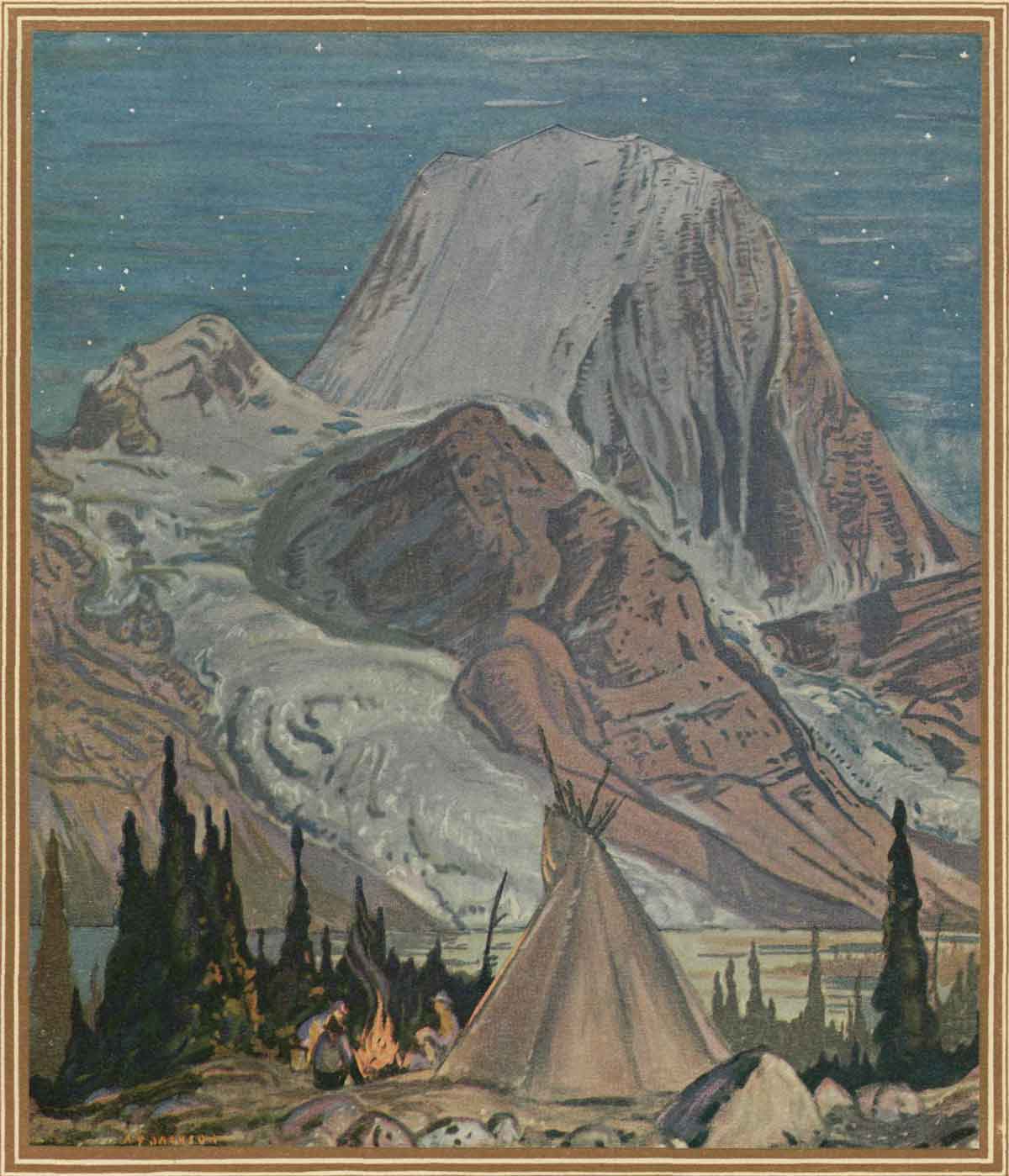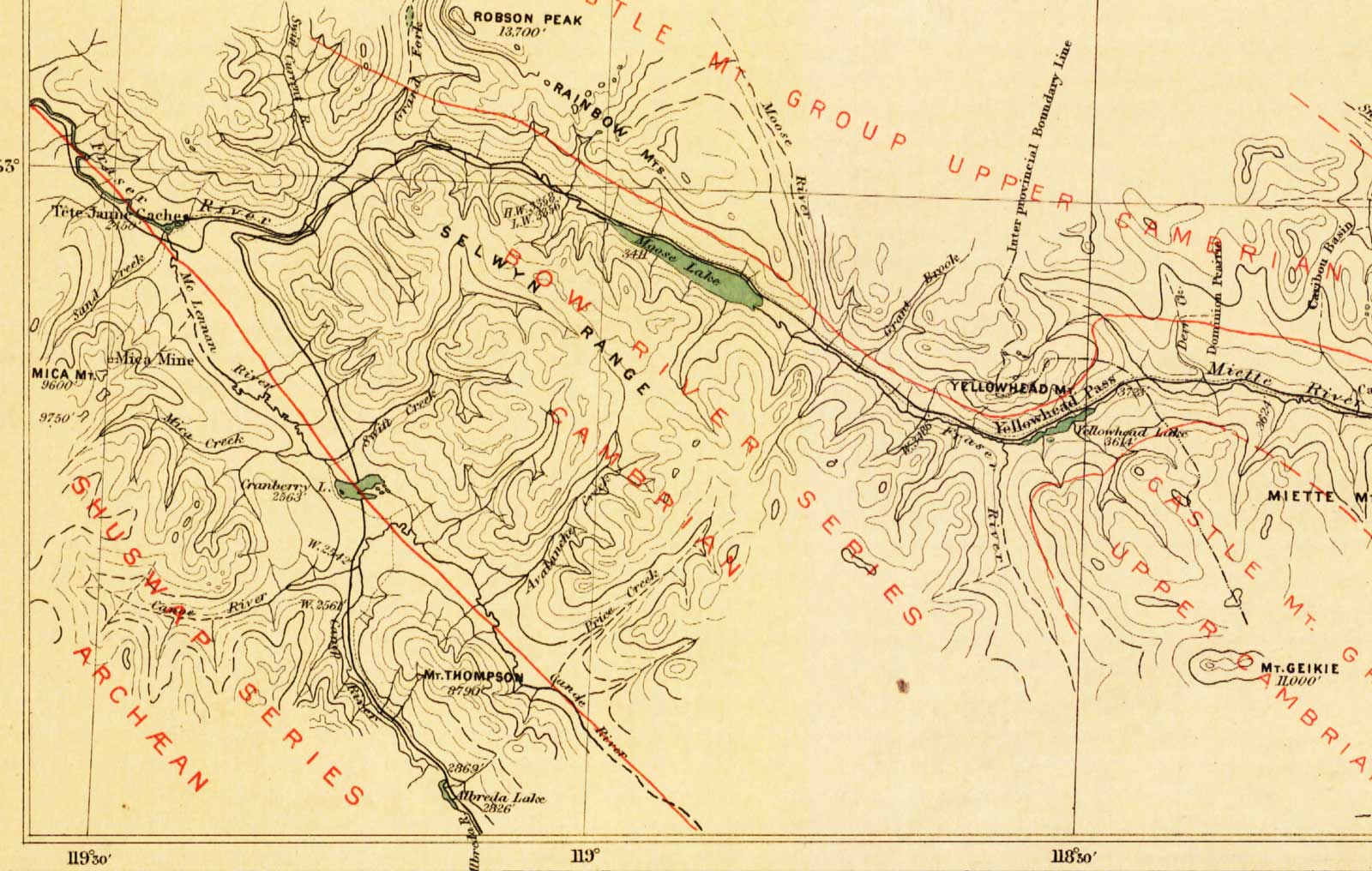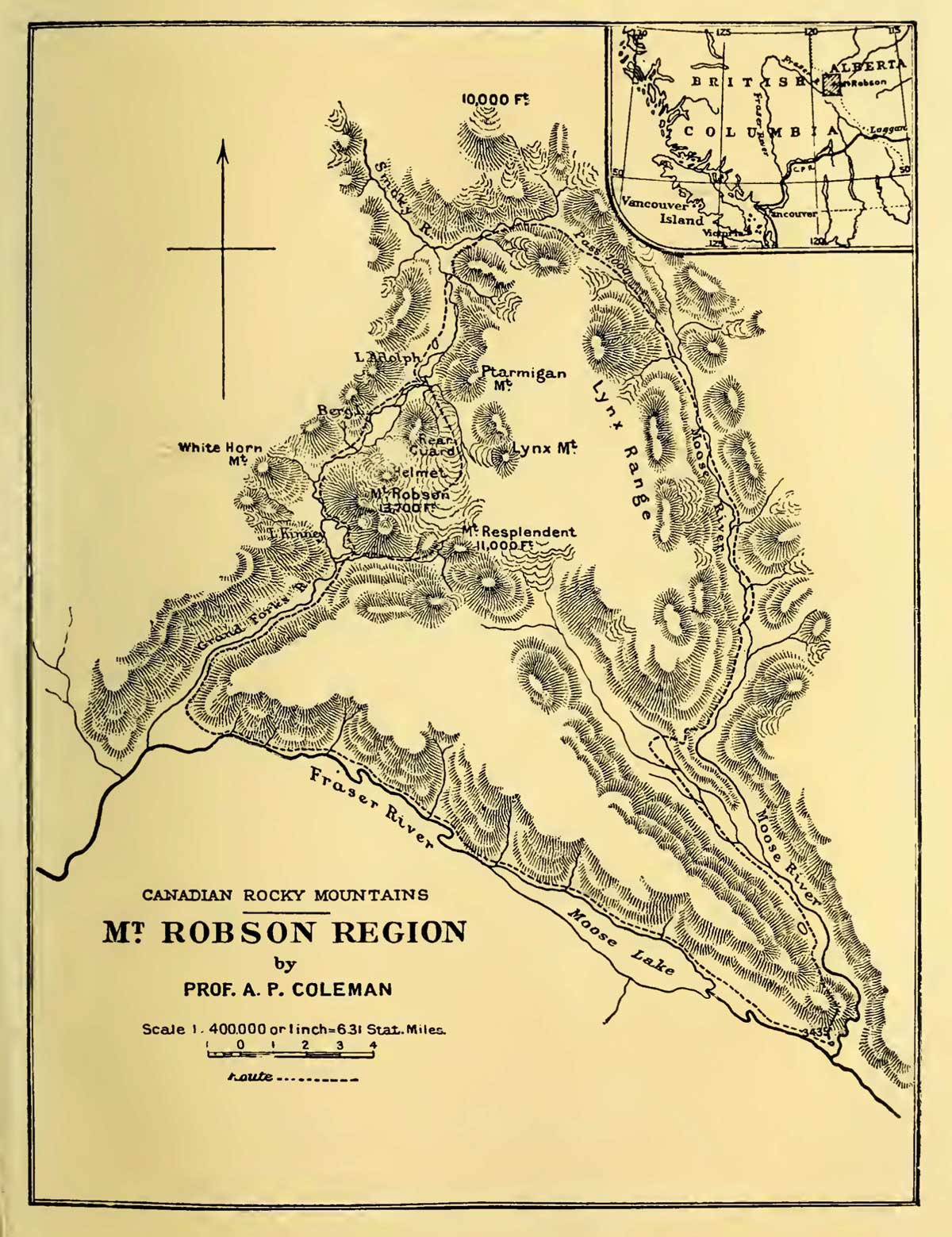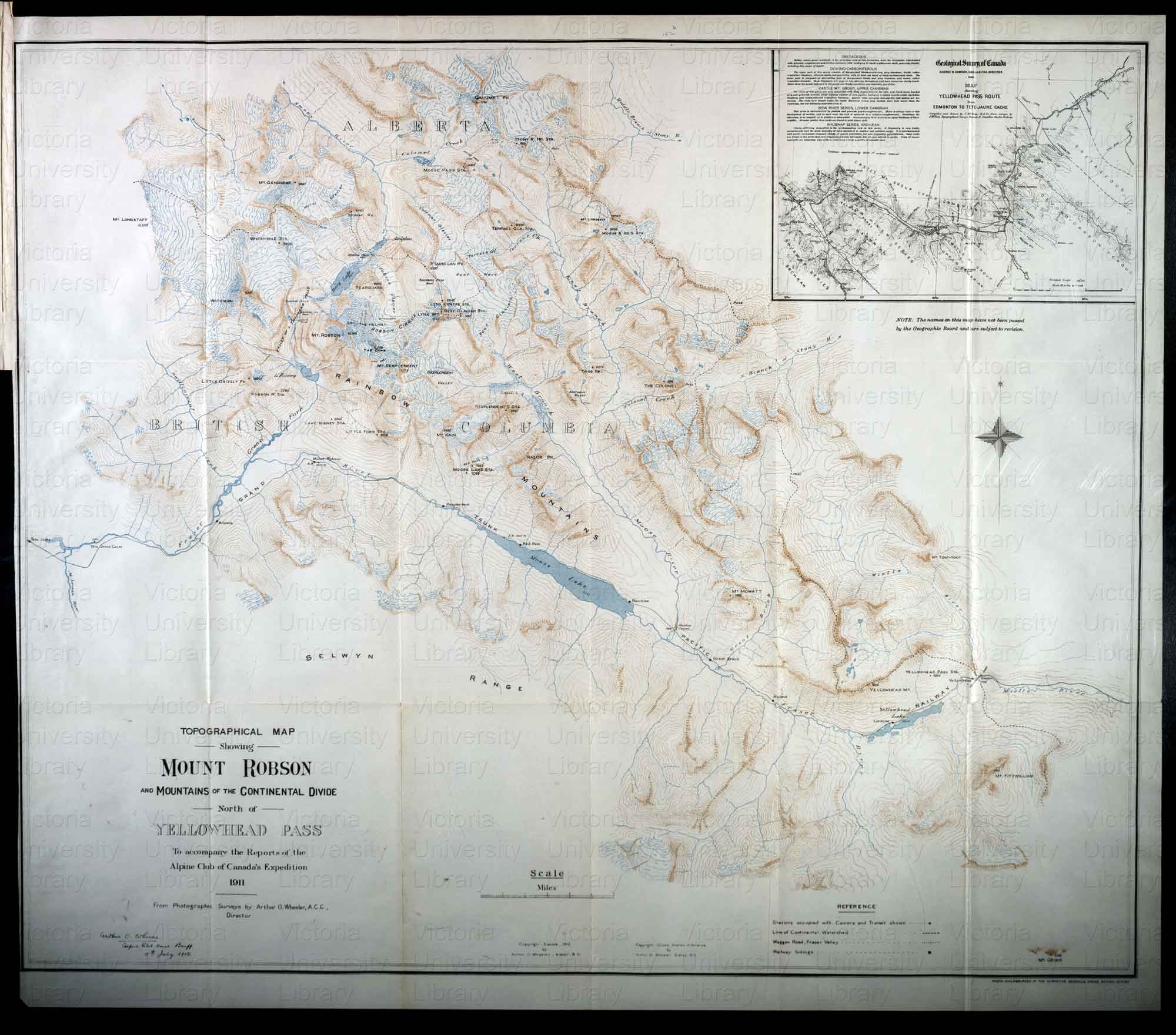Morrison Parsons Bridgland
b. 1878 — Toronto, Ontario, Canada
d. 15 January 1948 — Toronto, Ontario, Canada
Bridgland gave practically his whole active field of service to this class of surveying and became recognized as a world authority in photographic surveying. He was the author of several papers dealing with optics and the mathematical solution of problems pertaining to the application of photographic information translated at scale to the flat map.
Bridgland lived in Calgary until his retirement in 1935. He was survived by his wife, Mary, and two sons, Charles and Edgar.
- — “Report of the Chief Mountaineer [Yoho camp].” Canadian Alpine Journal, Vol. 1 (1907):131. Alpine Club of Canada [accessed 4/2/2025]
- — “Report of the Chief Mountaineer [Paradise Valley camp].” Canadian Alpine Journal, Vol. 1, No. 2 (1908):122. Alpine Club of Canada [accessed 4/2/2025]
- — “Report of the Chief Mountaineer [Rogers Pass camp 1908].” Canadian Alpine Journal, Vol. 2 (1909):118. Alpine Club of Canada [accessed 4/2/2025]
- — and Douglas, Robert [1881–1930]. Description of and Guide to Jasper Park. Ottawa: Department of the Interior, 1917. Parlks Canada History
- — “Jasper Park.” Canadian Alpine Journal, 10 (1919)
- 1906 ACC Camp – Yoho
- 1907 ACC Camp – Paradise Valley
- 1913 Interprovincial Boundary Commission
- Anon. “List of Members.” Canadian Alpine Journal, Vol. 1 (1907):188. Alpine Club of Canada [accessed 2 April 2025]
- Sissons, Charles Bruce [1879–1965]. “Morrison P. Bridgland. In Memoriam.” Canadian Alpine Journal, Vol. 31 (1948):162-164
- MacLaren, Ian S. Mapper of Mountains. M. P. Bridgland in the Canadian Rockies, 1902-1930. University of Alberta Press, 2005. Google Books


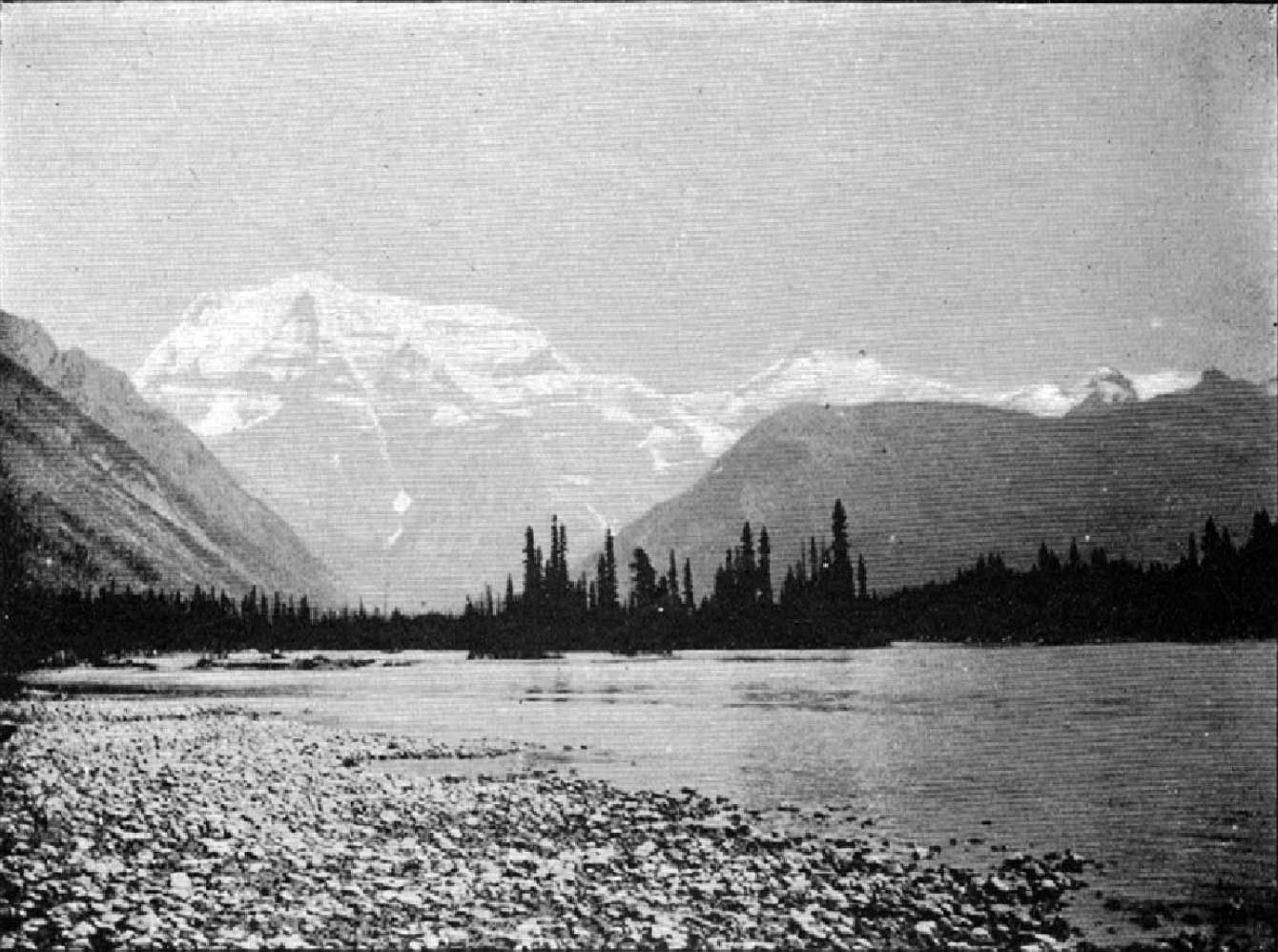

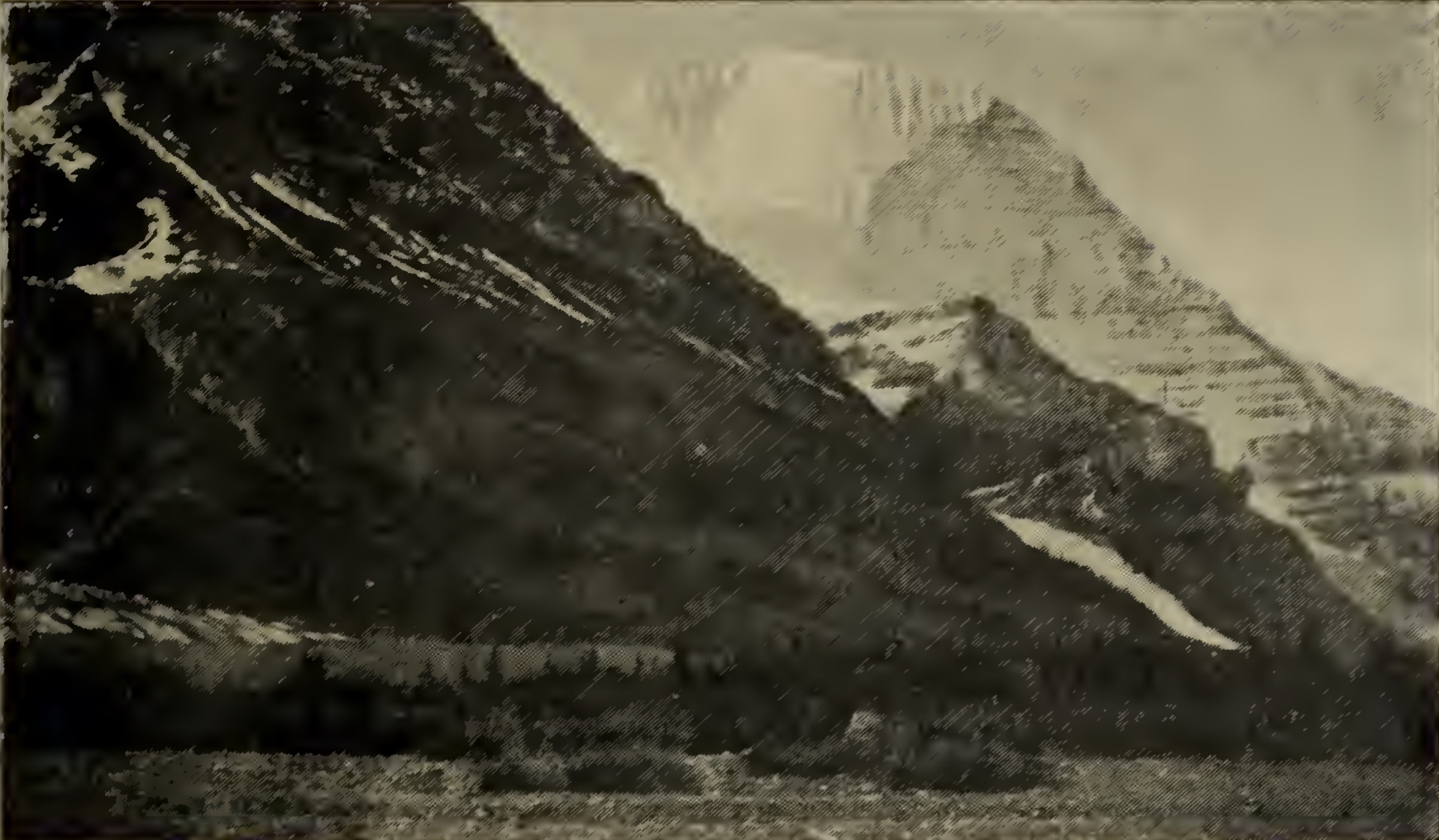
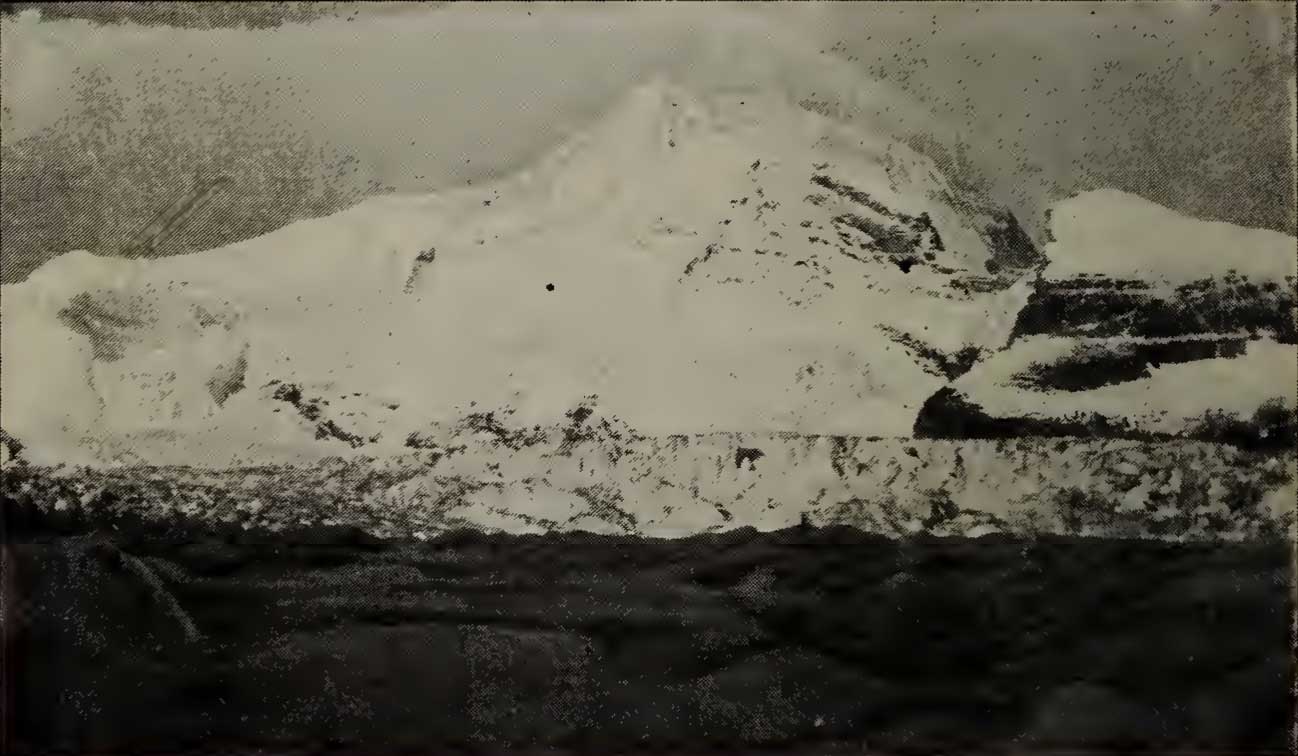
![Sunrise on Mount Robson [1908 ?] Arthur Philemon Coleman Watercolour over pencil on paper](/wp-content/uploads/2023/03/coleman-sunrise-mt-robson.jpg)

